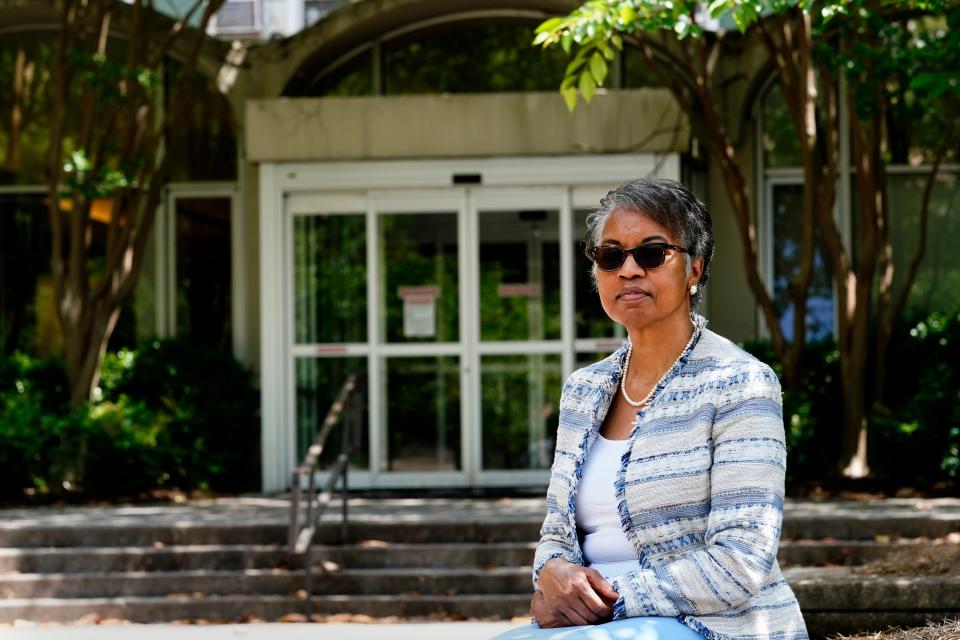Is this Georgia town a model for reparations?
Most people probably haven't heard of Linnentown – a small community in Athens, Georgia, whose 22 acres of shotgun houses and tree-lined streets were bulldozed in the 1960s, replaced by dorms for students at the University of Georgia. Linnentown, like so many other Black communities of that decade, was destroyed by urban renewal. The city sold it for the equivalent of $1.8 million.
But this year, Athens-Clarke County became one of the latest in a handful of municipalities to recognize the suffering of residents like Hattie Thomas Whitehead, who grew up with six siblings in Linnentown. Her parents lost the only home they would ever own, she explained in an interview with Grant Blankenship of Georgia Public Broadcasting.
More in Reparations: Is Black homeownership in America better than 100 years ago? Well, it's complicated.
She, along with other residents, will receive reparations as a portion of the county's budget. Unlike other plans being considered in parts of the country where massacres and urban renewal have destroyed Black neighborhoods, the residents of Linnentown have a great deal of autonomy. They will lead decisions about how the money is used (instead of legislators deciding for them). Not only that, but the Linnentown residents insisted that the destruction of their homes be categorized as terrorism and white supremacy in the government resolution that recognizes the neighborhood's demise. And the county ultimately agreed.

It's a just restorative approach, one that recognizes that victims who have been disenfranchised aren't looking to take advantage of a system, and that they know the best way to honor their former communities, ensure that losses are atoned for and improve their lives.
Reparations given to Rosewood, Florida, survivors and descendants have also been touted as a model. Like so many violent massacres in America, the tragedy in Rosewood started with a rumor about a Black male assaulting a white female. On Jan. 1, 1923, a white mob attacked the town, leveling it and killing several of its residents. In 1994, the state decided to give survivors checks and descendants scholarships.
Many of the surviving residents of Linnentown were children when their community was destroyed. And memories of the city's use of fires and bulldozers to rid the neighborhood of its houses still haunts Whitehead.
"The bulldozers started up at 12 o'clock at night," she explained during an interview with the USA TODAY Network.
Whitehead, along with other former Linnentown residents Geneva Johnson Eberhart and Bobby Crook, talks about the pain of seeing their town destroyed in a video by Joshua L. Jones, a photographer at the Athens Banner-Herald. Watch their stories below.
Eileen Rivers is the projects editor for USA TODAY's Editorial Page, and the editor of Repairing America.
This article originally appeared on USA TODAY: Is this Georgia town a model for reparations?

